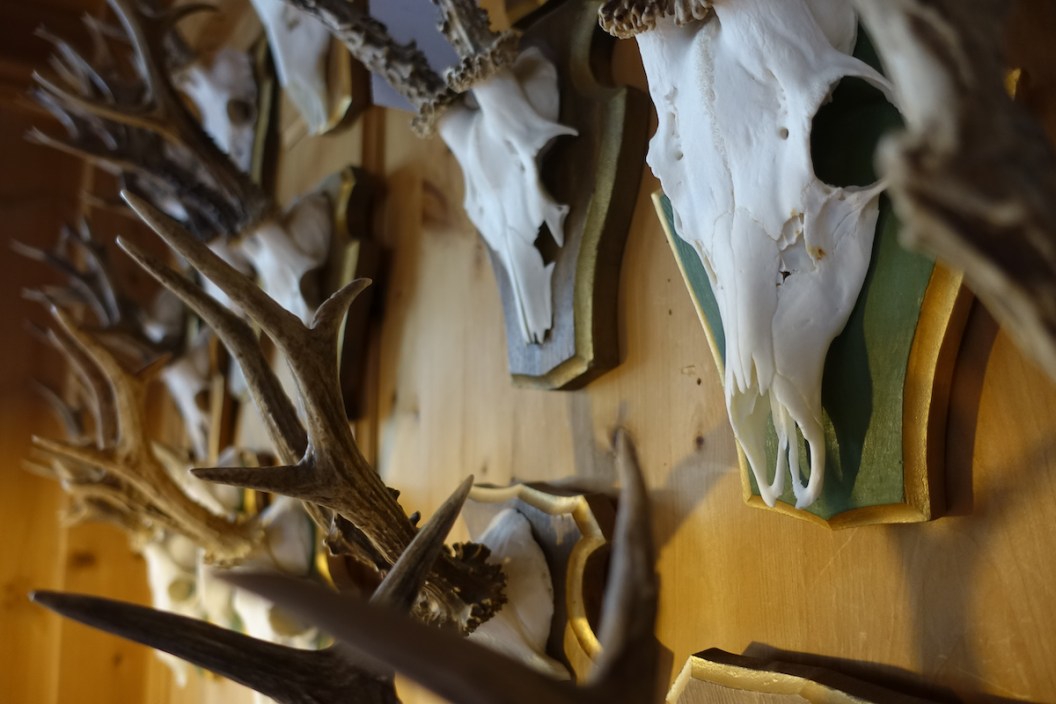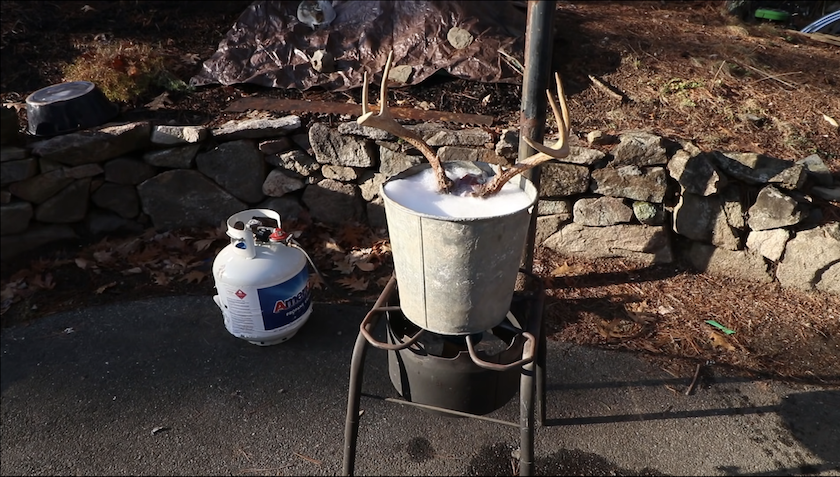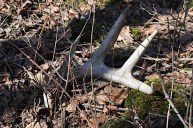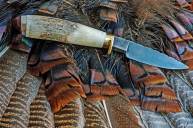Hunters began making trophies of their game kills for many reasons. A big one? It took so much damn time to hunt that wild game in the first place. Deer don't want to die. It's a fact of our sport that is as essential as it is frustrating. So they don't make them an easy target. That may be why you're wondering how to clean a deer skull to put it on your wall: so they can't go anywhere.
For most of us, a shoulder mount, pedestal mount, or even a full-body mount is the best way to memorialize that trophy deer for posterity's sake. Still, then again, not everyone can afford that. Cleaning your deer skull can be an easy and fun way to remember that hunt of a lifetime without spending much money doing so.
For many, the quickest and easiest option will be to turn to a taxidermist to create their Euro mount. A traditional skull mount can run you anywhere from $100-150, depending on your area, but it can be far less as a DIY project.
You're already cutting a costly corner by skipping the shoulder mount. You can save even more money by cleaning the deer skull yourself.
For those new to the process, some forms of cleaning a skull to remove the flesh, skin, and inner organs can be a bit time-consuming, somewhat dirty, and quite smelly. Some of it requires up-front gear and supplies, things you may or may not already own.
You can generally use the following procedures for any animal skulls that you want to turn into a wall hanger or centerpiece. Remember, though, that the final product is one you'll likely cherish for the rest of your life.
Simmering
Simmer your skulls to loosen excess tissue for removal. This step comes after you remove what you can by detaching all of the meat and skin as you can by hand before you begin the process. It usually calls for a good knife, but pliers and picks can work wonders, too.
You must remove the deer's brain matter and eyeballs. You can remove most of these parts by hand. It just takes a while, especially if you're new to it. Remember that if you bring the water to a boil, you've gone too far. The high-temperature water will break down the bones and the nasal cavity, resulting in a worse skull mount.
It would be best if you did the simmering in an open-air environment. The smell of a simmering deer skull with much of the flesh and brain still intact is quite horrific. For best results, use a propane stove, like the kind you would use to fry a turkey outdoors. Bust out a large enough vessel to hold the water required to cover the skull without submerging the antlers.
Add a bit of dish detergent as a degreasing agent. Another is to wrap the antlers near the pedicle with plastic or foil since they always seem to get into the hot water, which can ruin their color and natural look.
This method requires your time and attention since it works best when you remove the skull every hour to inspect the progress and remove more fleshy parts.
Beetles
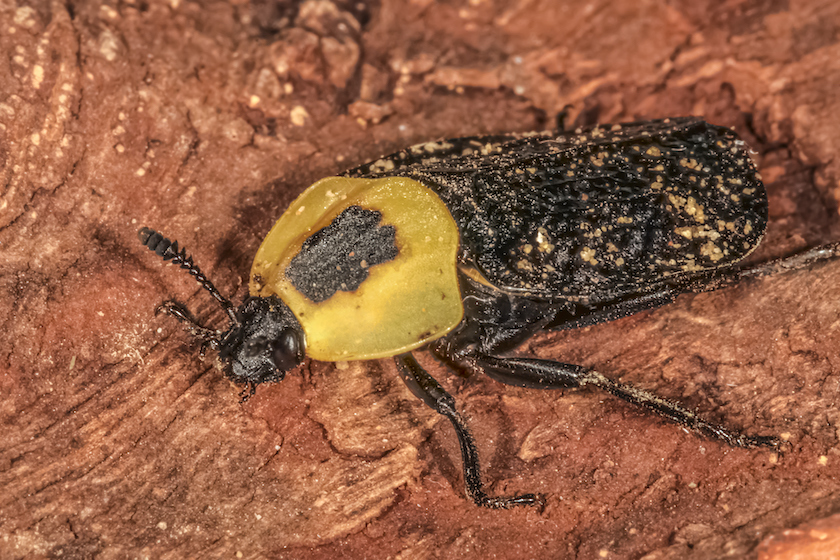
Edward Snow via Getty Images
Yep, beetles. Sometimes the best solution is to let Mother Nature do the work for you. This method is a great way to clean skulls since it is virtually hands-free.
If you've never heard of them, dermestid beetles or skin beetles are a variety of bugs that can eat their way out of anything except metal or glass. They can strip away the flesh and cartilage of dead tissue on an animal, leaving the bones spotless. A strong colony can clean a deer skull in about three days under the right conditions.
It would be best if you had a place to let them work. Depending on the source, it takes 1,000 to roughly 15,000 of these ravenous little insects to clean a deer skull, and the best part is you can purchase them right through the mail.
One big reason to use these critters is that when cooking your deer skull, the melted fat soaks into the bone, which often results in greasy yellow skulls.
Deer Skull Maceration & Burial
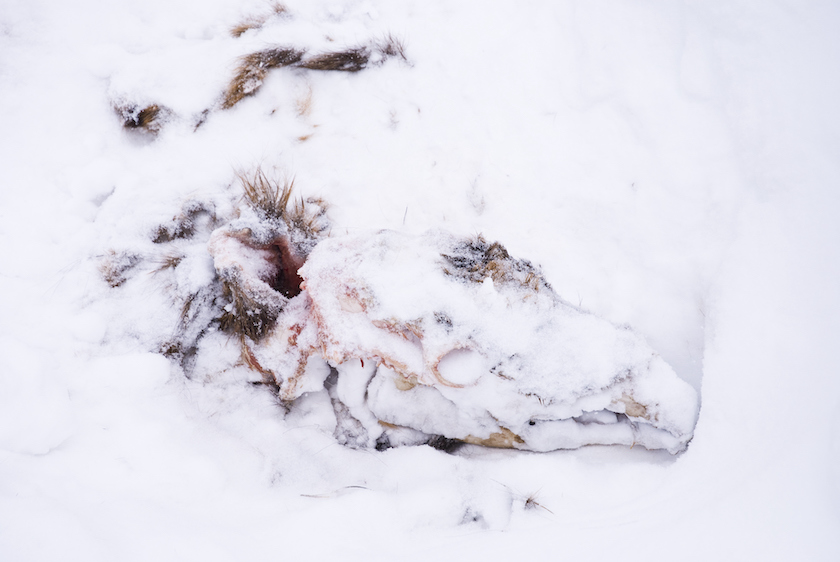
Adventure_Photo via Getty Images
Maceration involves placing the deer skull in warm water until it softens. Bacteria breaks down and digests the flesh in about three weeks. It is the most delicate process by which you can do it, but the time and effort to continually change the water turn some folks off.
By burying your skull, you take the chance that some other freeloading critter could dig it up and carry it off while waiting for this process to work. While some may try to bury it on top of an anthill, it's not the same as using the beetles.
Neither has proven viable in a DIY format, so simmering and using beetles became trendy.
How to Clean Deer Skulls
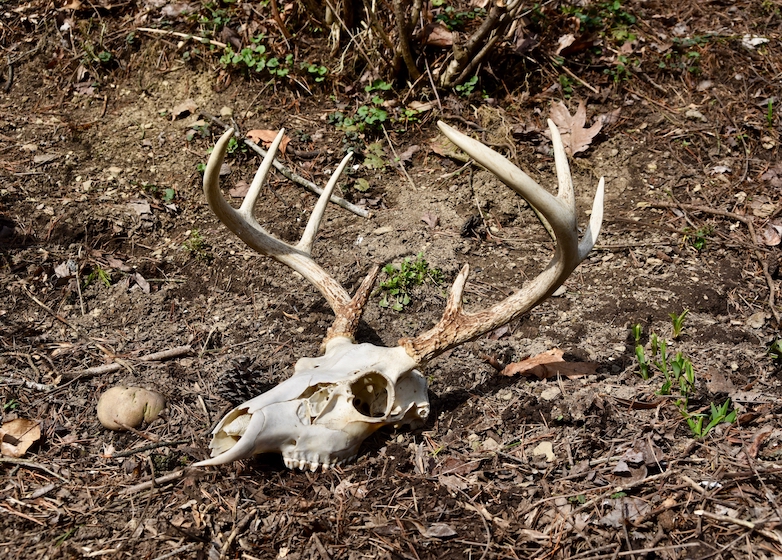
Kyle Selcer via Getty Images
Remove the meat and the lower jaw, and pull the brain tissue through the back of the skull. Now you can whiten the cleaned bone. Let the skull completely dry. Then prepare a solution of 12 percent hydrogen peroxide mixed about 1:1 with water in a large vessel. The vessel must be large enough to hold the deer skull-not the antlers since you want them to retain their natural color.
People commonly use the term "bleaching" for this step. But chlorine bleach tends to seep into the bones and damage the finished product, so few people use it. The skull soaks in the peroxide solution until it reaches the desired whiteness. Once this step finishes, you can rinse the skull and let it completely dry again.
Cleaned and prepped skulls can be camo-dipped. You can have this professionally done or DIY process. Start preparing the skull with spray paint primer. Fill a five-gallon pail with warm water and have several colors ready. Spray one color onto the water's surface, then another, and dip the skull into the bucket.
Once submerged, use a circular motion to gently move the unused paint from the water's surface to the outside of the pail, and then pull out your deer skull. Viola!
Some folks use a hose or even a pressure washer to help move material from the skull during the simmering procedure, but this can be harmful to the skull without taking immediate care. You'll want to use protective glasses, gloves, and maybe some rain gear, but it can pay off. Skulls that have yet to completely dry out clean easier than ones that have, so you may want to freeze your trophy if you cannot simmer it right away.
We're all for saving dollars where you can get your own hands dirty instead, but make sure you're comfortable with your approach before getting started. It'd be a shame to damage what could've been one heck of a trophy to hang on your wall.
This article was originally published on March 7, 2022.
